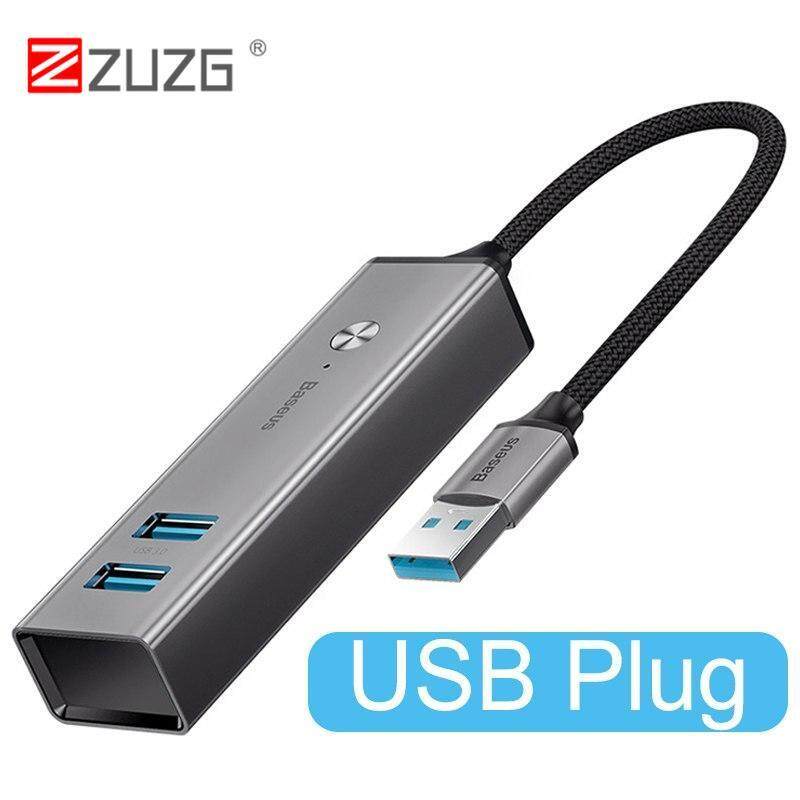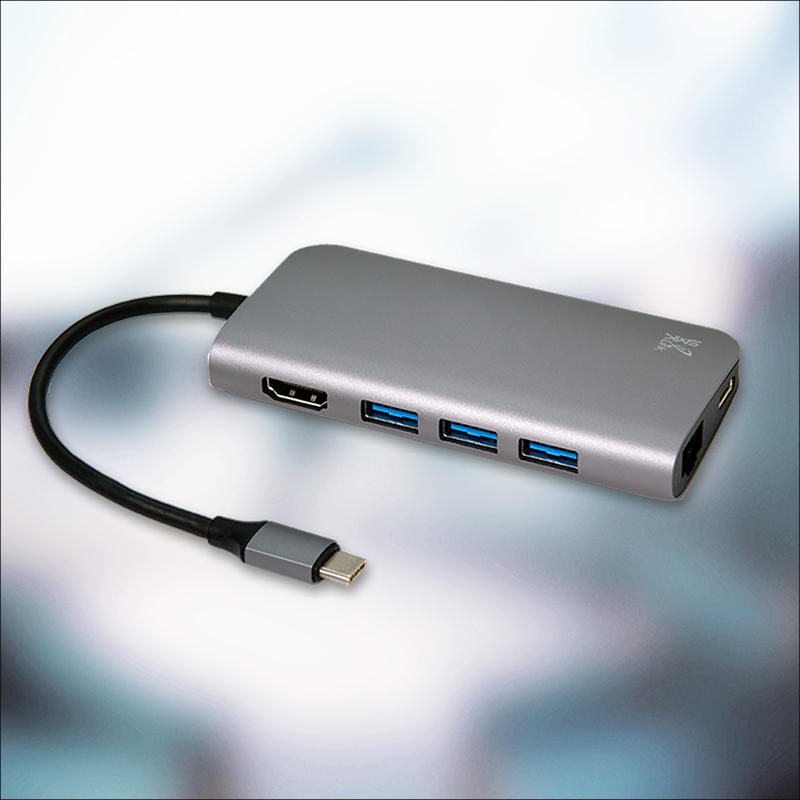

#Multi usb port for mac mac#
While the Intel MacBook Air shares one Thunderbolt 3 bus across two ports, the M1 laptops and Mac mini have two, one for each USB-C connector. Some Macs have four Thunderbolt 3 ports and two buses (one for each side of a MacBook Pro) other desktop Macs configure buses and ports differently. You can use more than one hub on your Mac, but each hub requires a separate Thunderbolt bus, which is a separate data path and controller.
#Multi usb port for mac software#
OWC also told me that later in the year, they plan a revised version of the software that won’t prompt for a security modification, either. With M1 Macs, you need to reduce overall security to enable a kernel extension, but I found I could still use the “eject all” option without lowering the system security level. This software requires a kernel extension, which means a restart after granting permission on an Intel Mac. For $149, that seems both expensive and worthwhile, particularly if you’re using it as a docking/charging station for a Mac laptop.
#Multi usb port for mac plus#
That’s still two more than you had, plus the 10Gbps USB 3.1 Type-A port.

Although this is a four-port hub, with three of them Thunderbolt, you net out just two additional Thunderbolt ports: one port on your Mac has to plug into the host port on the OWC Hub. Now, there is a math problem involved here. OWC offers a low-tech add-on option, the ClingOn, to help secure cable attachment. All USB-C connectors feel a little iffy, as there’s no neat click-in system or locking mechanism. No additional effort was required for management or configuration.

I tested the device with multiple external Thunderbolt 3 drives, and it provided consistent access and high data rates. Depending on your Mac, you can plug in one or two displays directly into the hub. The Thunderbolt 3 ports can handle anything you would plug in directly to a Mac’s Thunderbolt connection, including hardware that has to be the first in a daisy-chain of devices for hardware that can passthrough Thunderbolt. Third, even the USB Type-A port can deliver as much as 1.5 amps, sufficient for fast charging iPhones and iPads. Second, each Thunderbolt 3 port offers up to 15 watts to attached devices. First, it can provide up to 60 watts over the included Thunderbolt cable to a Mac laptop. The OWC Thunderbolt Hub plugs into AC power, which lets it perform a few nice tricks. (Windows PCs require a Thunderbolt 4 controller for this hub’s features.) The OWC Hub requires macOS 11.1 or later for it to work correctly. That came with macOS 11.1 Big Sur on both Intel Macs and M1 Macs. Support for a hub was available in the Thunderbolt controller that Apple has included with all its Thunderbolt 3 Macs, but the company hadn’t yet enabled this feature and a few others at the operating system level. (The short-lived 12-inch MacBook had just one, but it only handled USB over USB-C, not Thunderbolt 3.) Only certain Mac models have had more than two Thunderbolt 3 ports. OWC’s Thunderbolt Hub with four Thunderbolt 4/USB 4 ports and one USB 3 Type-A port fills a piece of the puzzle that’s been missing since Apple introduced the new technology in 2016: a multi-port external hub. Thunderbolt 3 uses the orientation-reversible USB-C connector, and can deliver up to 40Gbps in each data direction in an ideal world, while also supporting power (up to 100 watts, depending on controller and cable) and super high-res displays. Thunderbolt 3 was an amazing improvement in simplicity, despite the confusion that came with it and the transition from USB 3.0 over USB Type A, Thunderbolt 2, Mini DisplayPort and the like. Price comparison from over 24,000 stores worldwide


 0 kommentar(er)
0 kommentar(er)
